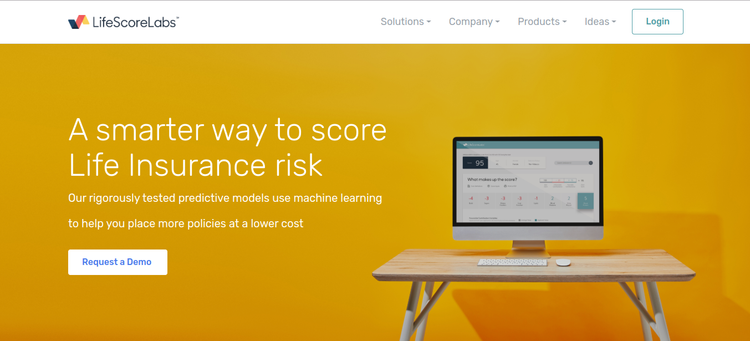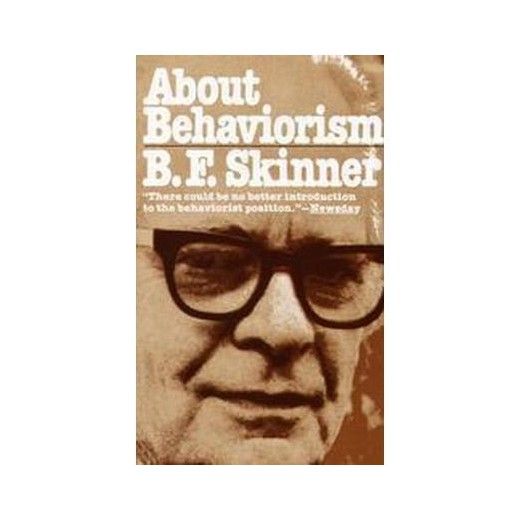A new way to measure up
Way back in the day, when the Web was young, and I was less old, we lived for page views.
Everything seemed to revolve around them -- budgets, compensation, the number of pats on the back per employee from upper management, etc.
So we built products that revolved around that metric ... even when building products aimed at page views often meant that we built products that didn't serve readers.
For example, it was fairly common a few years ago to "force" readers to click through a story. Every article was divided into multiple pages. So someone who wanted to read a 500-word story might have to load five pages to get to the end.
In time, we got smarter. In time, we learned again to put readers first. And, in time, we got enough good data about how people actually used the Web that we could build products that met users' needs and reflected their surfing habits.
Now, years after smart Web journalists have abandoned the page view model, the advertising world has caught up. Nielsen has announced it is replacing the page view metric with a new measurement of how long someone stays on a site.
Nielsen and the advertising community are concerned that video -- which has changed how people consume online content -- isn't appropriately measured by page views. And they are right. Watching a video for 5 minutes does merit something more significant than a single page view. We simply can't equate that action -- and its time commitment -- with spending two seconds on a page of links and then clicking out.
But there is a problem here , too.
Because clicking to exit has become the goal of much of online marketing. The page view metric was replaced a long time ago by the cost-per-click metrics of Google.
(For more on this subject, check out Scott Karp's post.)
There's another problem too. If, as I've been arguing for awhile now, content is becoming containerless, then the time spent on any single site has grown less valuable, not more valuable. If I read your content through an RSS feed or use your data in a widget application without visiting your site, how will my time with your content be measured?
But despite how Google, RSS, widgets and the rest are changing the game, B2B journalists and publishers should be thrilled with Nielsen's decision. Here's why:
Nielsen is making an attempt to measure the things that we in B2B claim we do best -- engagement and community. Sure, this new metric isn't perfect. Time on a site isn't an exact measurement of how engaged a reader is by content, nor is it an exact measurement of how connected a reader feels to his industry and the B2B publications that cover it.
But it's close.
And it's a start.
And it's sure better than page views.
As is often the case with media news, I first heard about Nielsen's decision by reading Danny Sanchez' Journalistopia blog. Check out his post, where he talks about how the new metric will change the way journalists work.
tags: journalism, b2b, media, trade press, magazines, newsletters, business media




